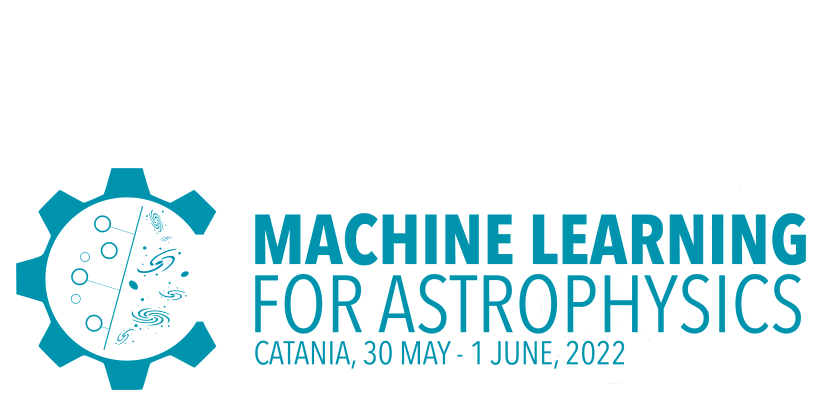Speaker
Description
Next generation telescopes such as the SKA will be collecting a substantial amount of radio data in future surveys. The number of Fast Radio Burst (FRB) events are expected to increase as a result of the SKA having a higher sensitivity and resolution; thus increasing the volume of data collected which will consequently need to be analyzed and processed. Therefore, the previous methods of FRB searches will no longer be efficient as these processes will need to rival the incoming data rates. Recently, neural networks have been applied to classify or detect radio objects such as FRBs and pulsars. These methods were also found to be faster than previous search methods with high precision and accuracy, particularly with the use of GPUs rather than CPUs. The dedispersion step of the FRB search process, which is necessary to correct the propagation effects from the Interstellar Medium, is the most computationally expensive stage and the use of neural networks may be beneficial in the identification of FRBs without needing to dedisperse. However in order to attain the correct dispersion measure (DM), dedispersion should still occur at a later stage. The aim of our investigation will explore the application of state of the art instance segmentation and object detection algorithms with regards to simulated dispersed FRBs. For this study, a simulated FRB dataset was generated using the Injectfrb software with observed parameters selected from the FRB Catalogue and observation parameters specific to the Green Bank Telescope (GBT). Using the pulsar analysis program Sigproc, Gaussian noise was simulated in filterbank format and was used as background noise for the FRB to be injected into. The generated dataset is used to train and evaluate various instance segmentation models and the performance of these models are evaluated based on community standard metrics. The results of our models are compared to existing methods of searching for FRBs in noisy radio telescope streams.

